The Grandiose Ambition of the Great Southern of Spain Railway Company Ltd.
Almanzora Valley's Mineral Hub & The Devastating 1900 Flood
Follow the GSSR's journey deeper into the Almanzora Valley, reaching the vital hub of Almanzora/Albox in 1893. This section highlights the dual nature of the region: fertile agricultural plains and the destructive power of its hydrology, exemplified by the catastrophic 1900 flood that destroyed the Albox Bridge. Discover how the GSSR's arrival created a new economic centre, driving the export of lead and copper, and how the historic line now serves as the beautifully restored Vía Verde del Almanzora.
By Nick Nutter on 2025-10-5 | Last Updated 2025-10-23 | The Grandiose Ambition of the Great Southern of Spain Railway Company Ltd.
This article has been visited 288 times

Almanzora station in 2021
The Reach of the River: Zurgena to Almanzora (1892–1893)
Having secured the line to Zurgena, the GSSR continued its push west, following the path of the Almanzora River valley. The railway reached Almanzora on November 10, 1893, inaugurating a new station that also served the larger, nearby town of Albox. It was here, in the heart of this seemingly flat, agricultural valley, that the GSSR would discover the true, destructive power of the occasional furious Spanish storm.
Do you enjoy my articles? For your reading pleasure, this website does not carry third party ads. You could help me write more articles by buying me a cup of coffee.
Topography and Tragedy
The short distance between Zurgena and Almanzora traverses a quintessential middle Almanzora valley landscape. The Almanzora River is the dominant feature; though often a dry rambla, it has carved a wide, fertile valley floor over millennia. This flat, cultivated area of irrigated citrus, olives, and almonds is flanked by low, rolling hills marked by deep, eroded badlands—a clear sign that when rain falls here, it's intense and erosive.
The journey wasn't without its human cost. Even before the line reached Almanzora, construction on the Puente de la Cañada bridge near Arboleas claimed a life. In November 1891, a worker named Joaquín González Sirvent was killed when scaffolding collapsed during the bridge's construction, leaving behind a wife and two children. The true destructive force of nature, however, was demonstrated seven years after the line opened. In June 1900, after a ferocious storm, the massive Albox Bridge across the Almanzora River lost its two central spans. The torrent had ripped out 80 meters of iron structure, a devastating blow to the new railway. The GSSR quickly built a temporary wooden bridge, load-testing it with a locomotive named LORCA. The eventual replacement was a sturdy steel structure that would serve the line for over a century.
Almanzora: A New Economic Centre
The station at Almanzora was strategically important because it served Albox, the major town in the surrounding area. The railway's arrival effectively created a new economic centre, shifting the focus away from the old town to the area around the station.
The railway provided a vital lifeline for both mining and agricultural industries. While it transported agricultural products from the fertile valley, its primary business—and the town's primary source of prosperity—was the transport of minerals. Almanzora became the departure point for lead, copper, tungsten, and molybdenum coming from Albox and surrounding towns, and it even handled entire wagons of farm animals.
The GSSR station fundamentally changed Almanzora, turning a small settlement into a new economic hub. However, this growth was ultimately limited. The GSSR was first and foremost a "mineral railway," and the town's fortunes were heavily dependent on the mining industry. When the mines began to decline in the mid-20th century, the railway's primary purpose vanished.
Today, the line between Zurgena and Almanzora is part of the Vía Verde del Almanzora, a growing Greenway project that converts the old trackbed into a route for walking and cycling. The historic Almanzora station, which once fuelled the region's mineral boom, has been beautifully restored and now serves a different purpose entirely: as a restaurant.
Enjoying This Article – FREE to read on Kindle Unlimited?
My new book, 'The Grandiose Ambition of the Great Southern of Spain Railway Company Ltd.’ is now available as a fully illustrated, colour, paperback from Amazon, as a downloadable ebook from Kindle and Free to Read on Kindle Unlimited.
Do you enjoy my articles? For your reading pleasure, this website does not carry third party ads. You could help me write more articles by buying me a cup of coffee.

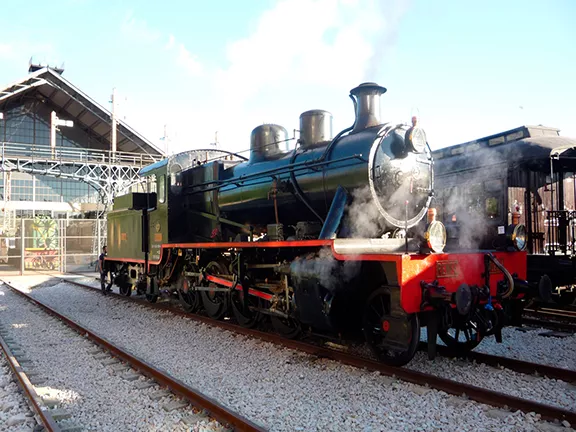 1: Setting the Stage for the GSSR
1: Setting the Stage for the GSSR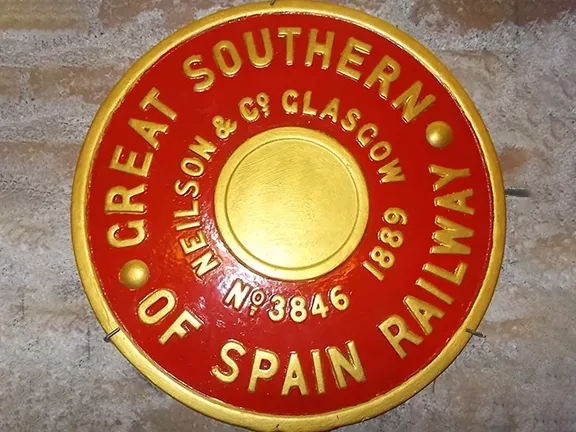 2: Founding the GSSR
2: Founding the GSSR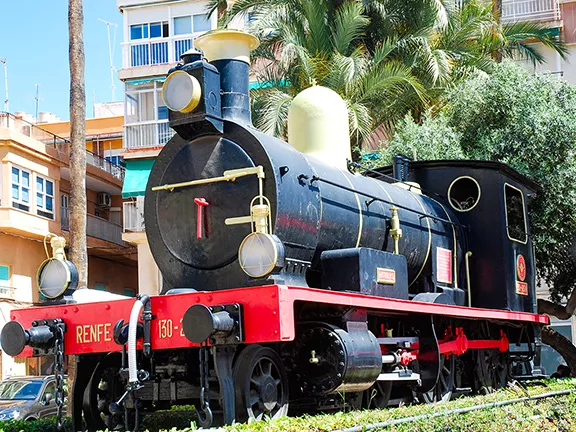 3: Águilas to Almendricos and Lorca (1885–1890)
3: Águilas to Almendricos and Lorca (1885–1890)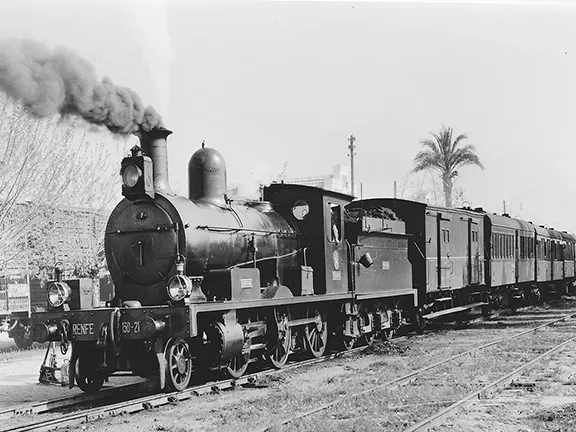 4: Implosion of Hett, Maylor & Co.
4: Implosion of Hett, Maylor & Co.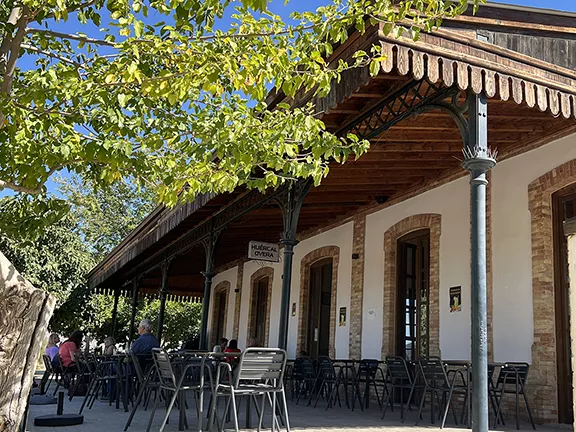 5: Almendricos to Huércal-Overa (1890–1891)
5: Almendricos to Huércal-Overa (1890–1891)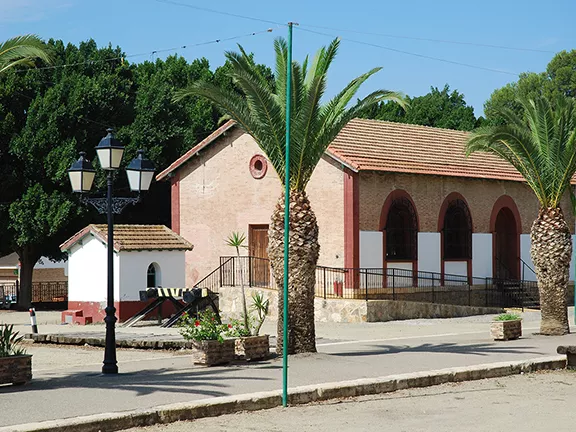 6: Huércal-Overa to Zurgena (1891–1892)
6: Huércal-Overa to Zurgena (1891–1892)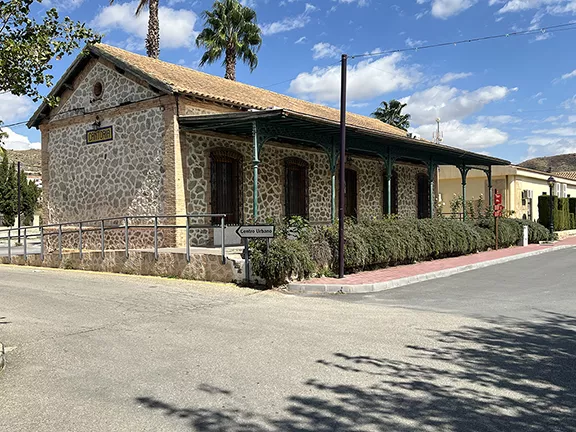 8: Almanzora to Purchena (1893–1894)
8: Almanzora to Purchena (1893–1894)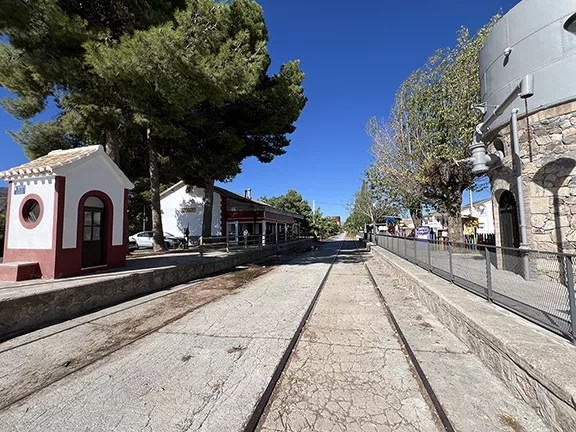 9: Purchena to Serón (1894)
9: Purchena to Serón (1894)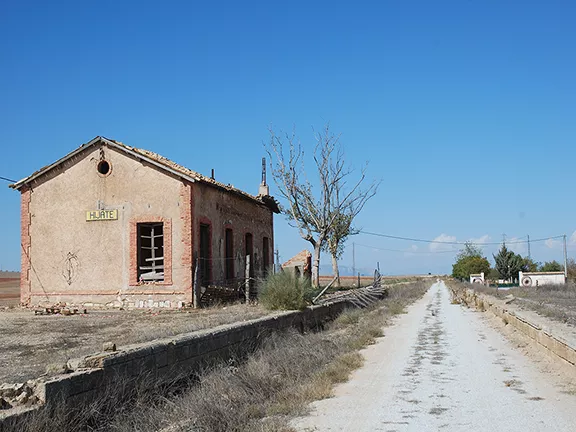 10: Serón to Baza (1894)
10: Serón to Baza (1894)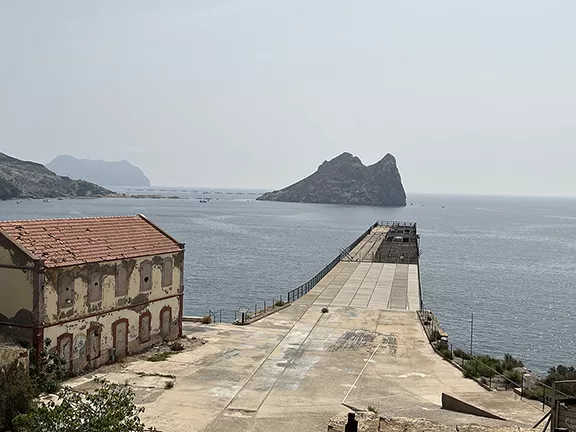 11: El Hornillo Ore Loading Pier (1903)
11: El Hornillo Ore Loading Pier (1903)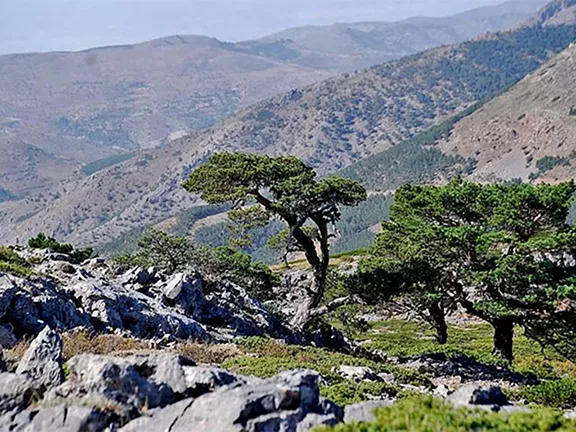 12: GSSR Concession Transfer
12: GSSR Concession Transfer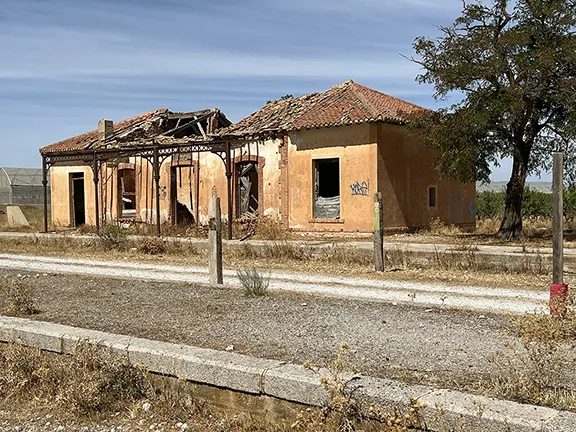 13: Baza to Baúl (1906)
13: Baza to Baúl (1906)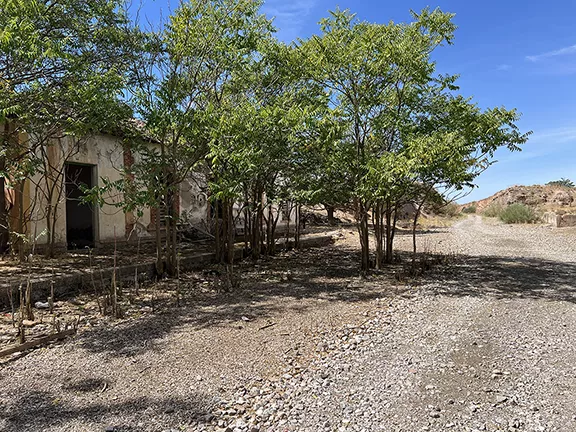 14: Baúl to Gor
14: Baúl to Gor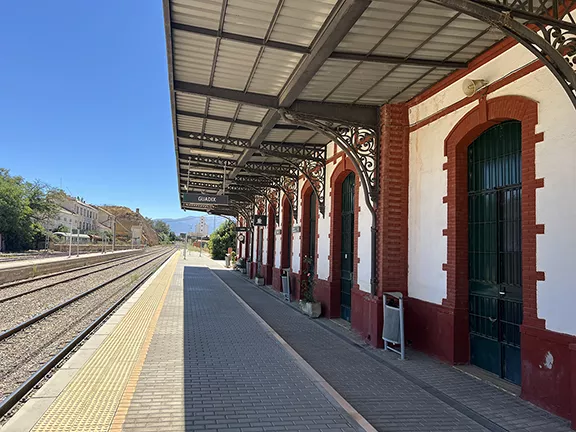 15: Gor Viaduct Disaster (1905)
15: Gor Viaduct Disaster (1905)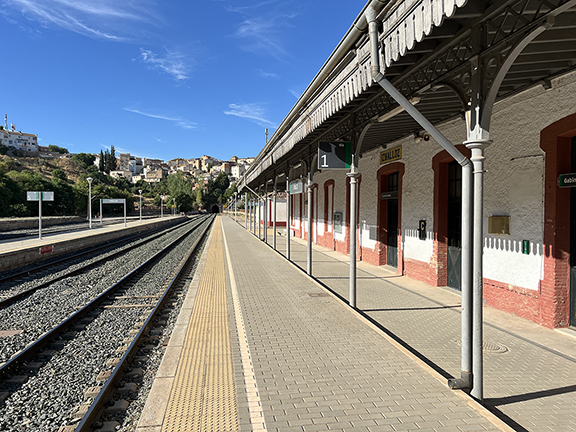 16: Granada to Guadix (1904)
16: Granada to Guadix (1904)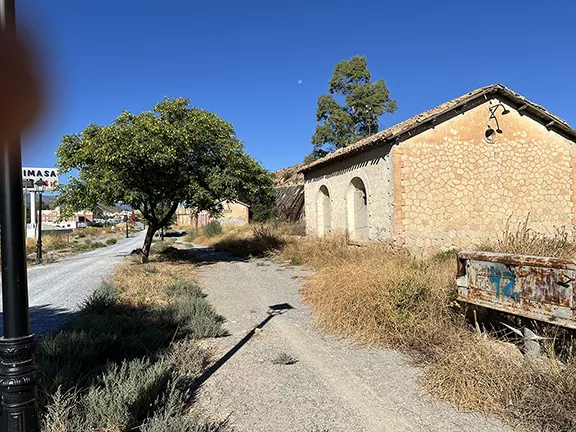 17: The Twilight and Rebirth of the GSSR
17: The Twilight and Rebirth of the GSSR